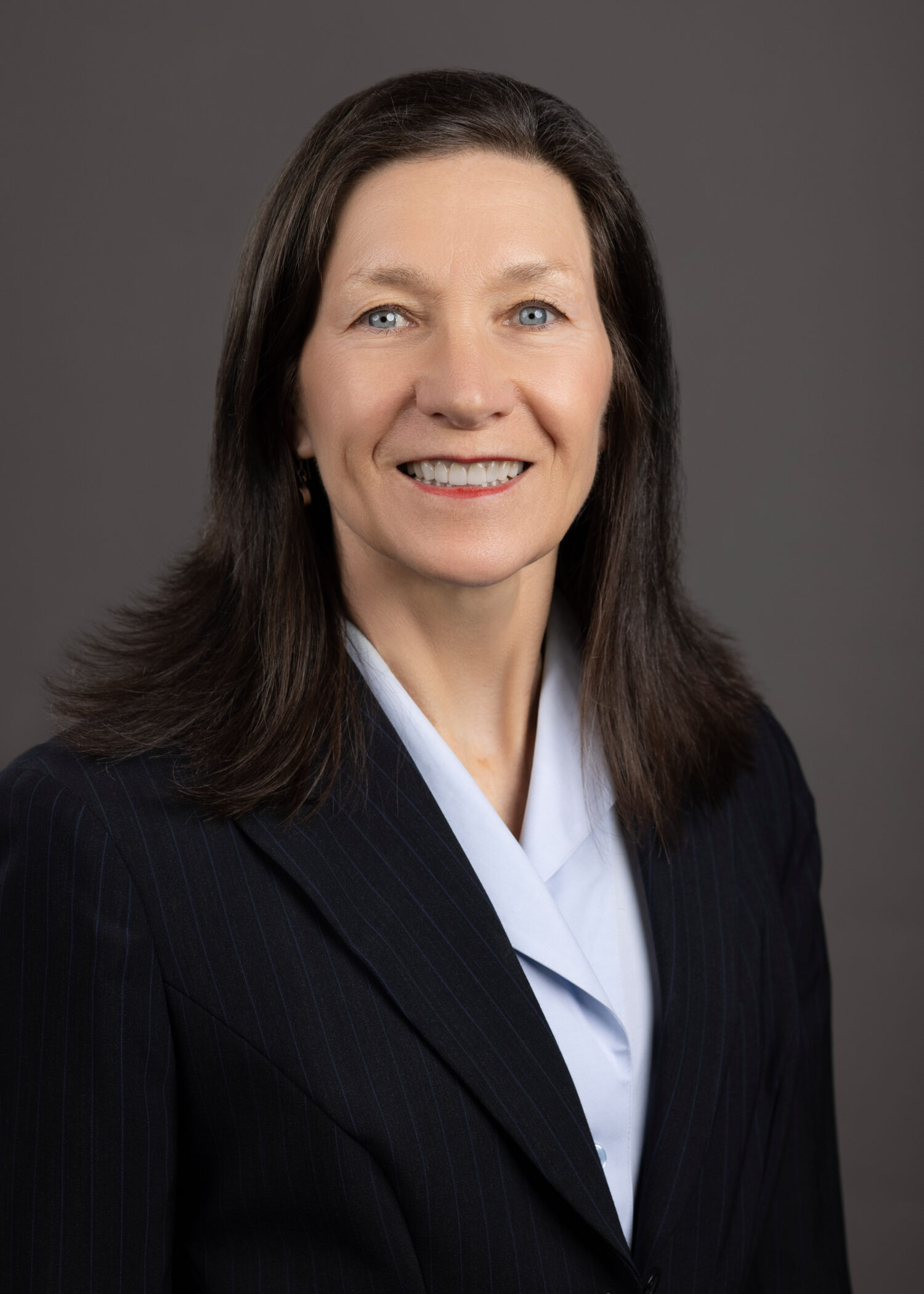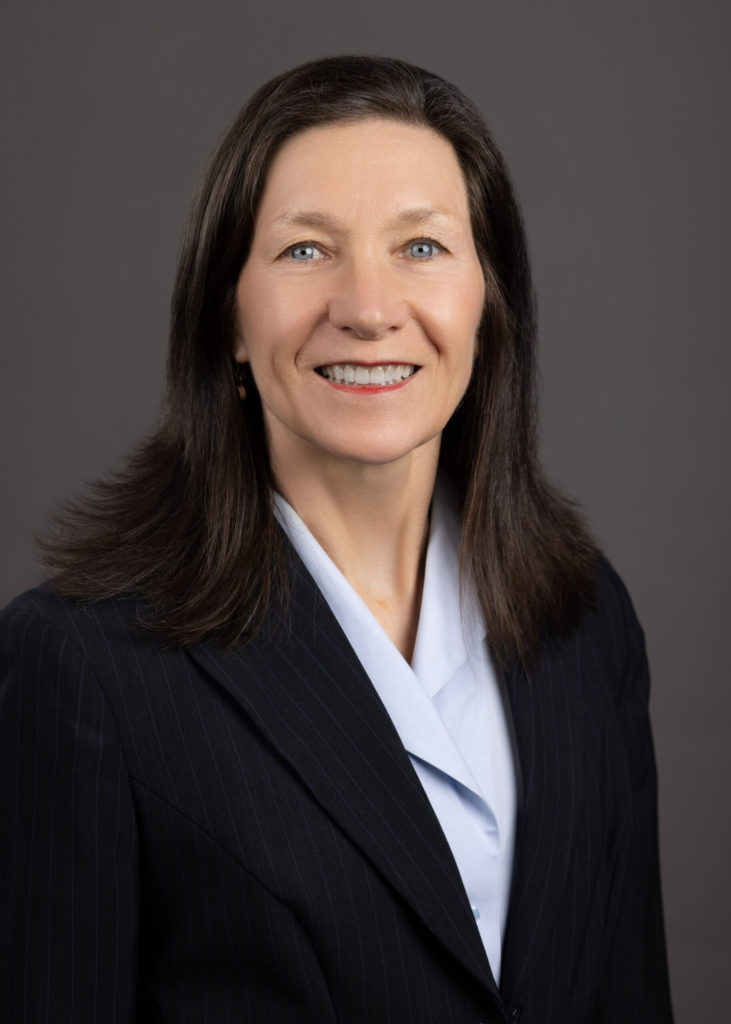
Large employers report that the biggest threat to self-funding medical coverage is the increasingly high cost of pharmacy claims. In their annual Health Benefits Priorities survey, MBGH found that employers consider pharmacy costs extremely problematic. Ninety-one percent of employers cited million-dollar treatments approved by the FDA, and 89% pointed to specialty drug spending as a top threat.
Source: PSG 2023 Trends in Specialty Drug Benefits Report
Employers already pay too much for pharmacy; according to Kiplinger, drug costs will shoot up another 10% this year, the biggest increase in a decade. Employers are right to be concerned.
The problem is that controlling drug costs is complex, and the primary efforts to lower the costs have centered around unpopular programs like prior authorization and employee-centered apps. Neither addresses the fundamental problem behind high drug spending – prescribers.
The Commonwealth Fund pinpointed three main reasons why waste is built into the usual prescription process:
- Physicians often don’t know the cost of medications; they simply prescribe them out of habit. Physicians say it takes too much time to figure out which drugs are within the formulary and which are lower priced. The process is frustrating for themselves, pharmacists, and patients.
- Because of misaligned incentives with the PBM and the employer, rebated drugs on the formulary may cost more than an equivalent drug used to treat the same condition. In addition, the full discount of the rebate may not be going to the plan and the employee, raising costs for both. Price “spread,” which is the delta between what they spent on medicine and what they charged the self-insured employer, also adds cost. This spread delta grows as the drug cost goes up.
- Employers do not want to risk upsetting employees, so they allow low-value, high-cost drugs onto the formulary, which then get prescribed. Some of these drugs include:
- “Me-too drugs”: Basically, the same drug formula as the original but with inconsequential differences to extend patent protection.
- “Combination drugs”: Creating a new patent by combining two active ingredients into one pill.
- “Brand-name drugs”: Using the brand version when a lower-priced version is available.
To date, employers have tried many strategies to control drug costs – mainly by placing the burden on their employees. They assume that by giving employees more information and more tools, they will get lower-cost prescriptions. But this tactic doesn’t necessarily guarantee savings. When offered health apps to find lower-priced drugs, few employees use them. These apps introduce the need to download, register, research, and essentially do their physician’s job – making prescribing decisions!
The net result is that employees feel overwhelmed with all the “help”: they simply want their doctors to prescribe lower-priced medications when they are available.
Employee Experience: Role confusion.
“I feel bogged down researching alternative medications, figuring out how much they cost, determining which pharmacy has it, what each one charges, and on and on. Why am I doing the homework? Isn’t this why I am paying the people who went to med school?
Employee experience: App frustration.
“I had a hard time with the prescription app. I am taking six medications, and it takes a lot of time to go through each one. Each medication has three or four different options, and I don’t really understand the choices. I decided not to use the app and just call the pharmacist.”
Employee experience: Information overload.
“I have health apps through my plan, and they all communicate A LOT. I’ve tried to turn off alerts. I can’t figure it out. The apps don’t communicate with each other or my health plan. There is too much coming at me. I am just one me. I want my plan to make this easier and bring my health information from all these disparate places together and manage it. Then, alert me once without trying to force me to do something. All these reminders! I feel bullied constantly. If my insurance and doctor could take something off my plate, that’s good for me! Just do it.”
Seventy-seven percent of patients said in a recent poll that they want their healthcare professional to prescribe the cheapest drug automatically (77.6%). Further, when asked if they would have a more favorable opinion of their health plan if it offered a lower-cost drug benefit, more than 80% said “Yes.”
Employees stress about how much health information they receive, and the number of health decisions placed upon them. The American Academy of Physician Associates (AAPA) poll identified a major pitfall in patient experience: care coordination feels like a second job for many.
Despite this sentiment, technology in healthcare continues to overwhelm and overload consumers. Instead of making it easier to get and stay healthy, they must learn medicine and play doctor. But if the burden is to fall on the physicians, they need tools and tactics that integrate into their standard workflow.
Physician experience: Dr. Mohan on the difficulty of prescribing the lowest cost medication.
“I see this daily. A patient will call, very upset, after going to the pharmacy and hearing how much the medication will cost. We do the research in our clinic to prescribe the lowest-cost option, but every person’s formulary is different. The pharmacy they go to matters. There are a lot of variables. We get on the phone with the pharmacy to test out the cost of each option. It’s slow going. Health insurers also offer apps and websites, but this often adds confusion to the process. There is a better way to prescribe than trial and error.”
Using HealthTech to Manage Pharmacy Costs
To solve wasteful prescribing problems, self-funded companies are turning to AI-driven solutions that engage prescribers directly, giving them the information and the choice to effortlessly switch their patients off higher-priced prescriptions and onto more affordable therapeutic equivalents.
The engagement process for employees is important to ensure they understand that the savings lower their out-of-pocket pharmacy costs. Prescribers are then engaged and recruited as partners to help lower drug costs for their patients instead of playing a guessing game about what drugs are covered for their patients.
When a prescriber-driven switch is approved, the employee is notified that their physician prescribed a lower-cost medication. Employees have the option to accept or reject the medication change though less than 1% opt out of the change. Data shows that employees working directly with their physician on medication choices have higher adoption rates than those using a 3rd party app.
With excellent communication and frictionless engagement, employees readily see the value and appreciate the savings. Employers take control of the biggest threat to employer-provided medical coverage: high-cost pharmacy claims. Using technology to solve intractable problems is the best way to stabilize pharmacy budgets.
About Constance Sjoquist
Constance Sjoquist is a Senior Healthcare Analyst at RazorMetrics. Prior to joining RazorMetrics, Constance was Chief Transformation Officer at HLTH, where she helped create from the ground floor the largest and most important conference for health innovation. As one of the primary architects in shaping the voice and creating the agenda for a new conversation on how to improve health, Constance leveraged her cross-industry insights into a robust platform for market disruption and industry transformation. During her tenure, HLTH grew from just a concept to one of the leading industry events with over 7,500 senior leaders spanning every corner of health – payers, providers, pharma, employers, policy-makers, investors, startups, suppliers, retailers, analysts, and associations – and focused on creating the future of health.

